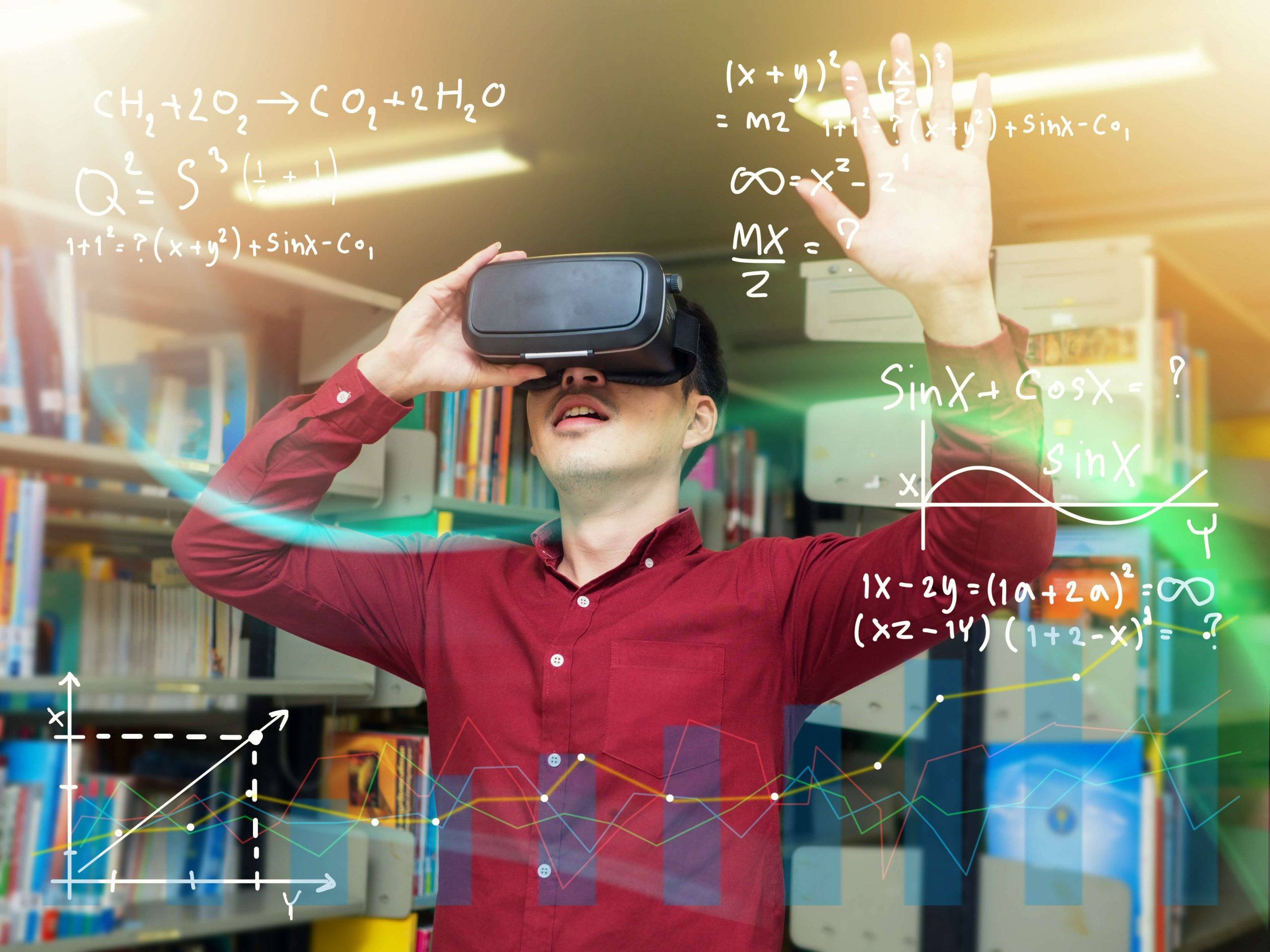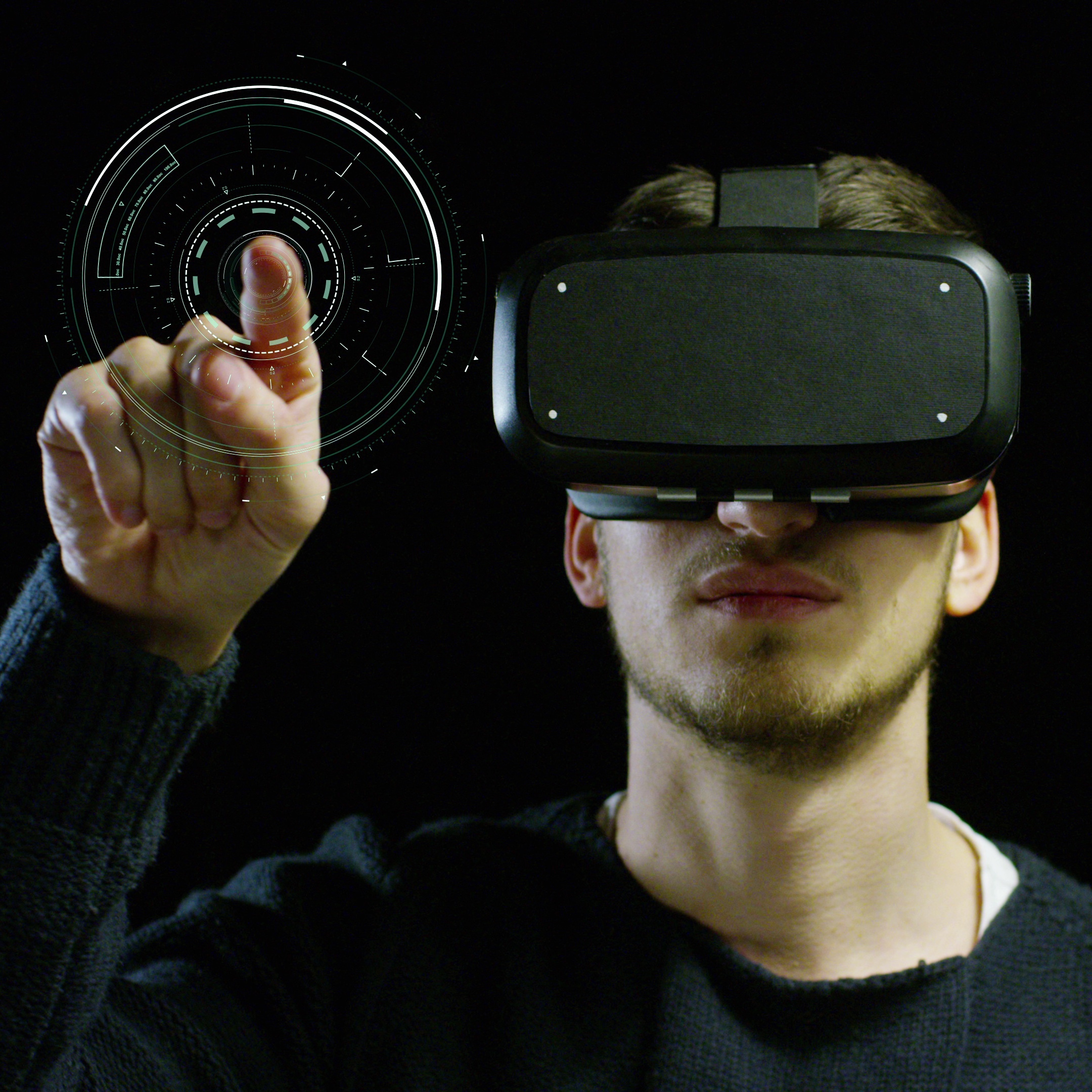Immersive Learning Experiences. Why are Immersive Learning Experiences essential for many industries?
In the fast-paced world of technological evolution, immersive learning experiences revolutionize how knowledge is imparted across various sectors. By leveraging the power of extended reality technologies like Augmented Reality (AR), Virtual Reality (VR), and Mixed Reality (MR), immersive learning transcends traditional boundaries, offering a hands-on, interactive training environment. This innovative approach is invaluable in fields ranging from energy and construction to IT and manufacturing, where integrating VR and AR into training modules enhances speed, effectiveness, and scalability.
Immersive learning experiences don’t just teach; they engulf participants in a risk-free, simulated world where every action leads to learning, making them a perfect solution for addressing skill shortages, high workforce turnover, and the need for realistic yet zero-risk training scenarios.
A prime example of VR’s effectiveness is demonstrated in Verizon’s employee training programs. Verizon collaborated with STRIVR to use VR to train call center employees, focusing on improving empathy and understanding toward customers. The VR training enabled employees to experience and respond to customers’ emotions realistically, enhancing their ability to de-escalate tense situations. The results showed significant improvements in employees’ calmness, verbal fluency, and confidence during challenging conversations, improving customer satisfaction.
Why Should You Consider Immersive Learning for Your Employees: Benefits of Immersive Learning Experiences
Immersive learning experiences stand out for their ability to simulate real-world scenarios, offering many benefits that traditional training methods struggle to match. These include:
- Reduced Risk and Increased Safety: With immersive learning experiences, employees can practice procedures and handle complex situations in safe, virtual environments. That eliminates the risk of harm or damage associated with on-the-job training, especially in high-risk industries like healthcare, manufacturing, and construction. Imagine surgeons practicing delicate procedures in simulated operating rooms or pilots navigating challenging scenarios in VR flight simulators – all without any real-world consequences. Johnson & Johnson created VR simulations to train surgeons, and this initiative was further developed and expanded by Osso VR, which describes itself as a VR training and assessment platform that enables healthcare professionals to train on any procedure and to keep pace with advancing medical technology. The scalability of VR training allowed for easy deployment to thousands of medical professionals, contributing to error reduction and increased efficiency in real-world surgical procedures. Students who trained with the technology scored 233% higher than those who used traditional learning tools to study.
- Accelerated Learning and Improved Knowledge Retention: Immersive learning experiences actively engage learners, fostering a deeper understanding and faster skill acquisition. Studies have shown that VR training can significantly reduce training time and improve knowledge retention compared to traditional methods. One prime example comes from retail giant Walmart’s “Pickup Tower” training program. This VR-powered initiative trained over a million associates on operating Walmart’s new self-service pickup kiosks. The results were astounding: training time plummeted from a staggering 8 hours to a mere 15 minutes, translating to immense time savings and cost reductions for the company.
- Reduced Training Costs and Enhanced Efficiency: Immersive learning experiences eliminate the need for physical resources like dedicated training facilities and equipment, leading to significant cost savings. Additionally, reduced training time means less employee downtime and increased productivity. The cost savings extend beyond the initial setup, as immersive learning experiences offer reusability and scalability, minimizing per-learner costs compared to traditional instructor-led training. For example, tech pioneer Intel developed a VR training program that yielded a 5-year ROI of 300%. VR led to a reduced training total cost of ownership and increased trainee retention and motivation.
- Enhanced Contextualization and Application of Skills: Immersive learning experiences closely simulate real-world scenarios, allowing learners to apply their acquired skills in a familiar context. It enhances knowledge transfer and improves decision-making capabilities in actual situations. Imagine maintenance technicians learning to repair complex machinery in a virtual replica of equipment or customer service representatives interacting with virtual customers in real-world simulations. A good example is Walmart’s VR training for customer service, which allows employees to practice hands-on product demonstrations, sales pitches, and customer service scenarios, leading to improved product knowledge, communication skills, and sales performance.
- Improved Motivation and Engagement: Immersive learning experiences are inherently engaging and interactive, sparking curiosity and motivating learners to participate in the training process. This engagement leads to better knowledge retention, an improved emotional connection to the material, and a more skilled and adaptable workforce. A study by the University of Maryland found that about 40 percent of their research participants scored at least 10% higher in recall ability using VR than desktop.
What Are Some of the Best Applications for Immersive Learning?
Immersive learning experiences have found their niche across a broad spectrum of industries, proving especially beneficial in:
- Interpersonal Skills Development: Immersive learning can transform how employees develop interpersonal skills crucial for success in sales, public relations, client servicing, customer service, and retail. Imagine practicing challenging client interactions or navigating sensitive customer service scenarios in a risk-free VR environment. By putting employees in realistic, interactive situations, immersive learning experiences can help employees build the confidence and competence they need to excel in these dynamic roles. For instance, Farmers Insurance uses VR to train agents in complex customer interactions, improving empathy and understanding. By virtually experiencing a diverse range of investigation scenarios and processes, trainees gain valuable skills and confidence to excel in real-world claim adjustment.
- Medical and Surgical Training: Gone are the days of static textbooks and mannequins for medical training. Enter the virtual reality (VR) era, revolutionizing how doctors and allied healthcare professionals hone their surgical and medical skills. VR offers an immersive platform to practice complex procedures, refine intricate techniques, and build crucial muscle memory. Immersive learning experiences allow repetition in rare scenarios, like high-risk deliveries or emergency procedures, building confidence and competence. Studies show immersive training can increase knowledge retention by 74% compared to traditional methods, leading to more precise and efficient procedures in real life.
- Financial Services Training: Immersive learning experiences offer powerful tools for reinforcing risk management practices and ensuring employees understand and follow established procedures. Immersive simulations can transport learners into real-world scenarios where they can be prompted to make critical decisions, identify potential risks, and apply regulatory guidelines. PwC’s VR training program for new hires is a prime example, offering immersive experiences that enhance understanding of risk assessment and decision-making processes, thereby boosting confidence and efficiency in navigating financial landscapes.
- Technical Skills Acquisition: Factory and construction workers can learn and refine their skills in a safe, controlled virtual space, reducing the risk of on-the-job accidents. The manufacturing industry faces a growing skills gap, with demand for skilled workers outpacing the available workforce. Traditional training methods often struggle to keep pace with evolving technologies and complex procedures. Immersive learning experiences expose trainees to realistic, simulated environments, replicating the factory floor’s sights, sounds, and even dangers. Immersive learning allows for risk-free practice, repetition, and error correction, all valuable tools for mastering technical skills. Companies like automotive giant Ford are already reaping the benefits of immersive learning experiences.
- Retail Training: Immersive learning helps retail employees familiarize store layouts and inventory management, streamlining the onboarding process and improving efficiency. Trainees can practice navigating diverse customer interactions, from resolving complex product inquiries to handling delicate returns, fostering empathy and communication skills. Immersive learning experiences can also immerse trainees in a virtual product library, allowing them to explore features and benefits interactively and engagingly. Employees who took part in Walmart’s Immersive learning experience reported a 10-15% increase in confidence and retention.
Another great example of immersive learning experiences benefiting corporations and their employees is GE Healthcare. GE Healthcare adopted VR for training radiographers, reducing reliance on costly CT scanners. The VR experience simulated the steps involved in real-life procedures, allowing for practice and mistake-making in a safe environment. It led to more frequent and efficient training, freeing up actual CT scanners for operational use and providing real-time data for feedback and review.
How Can Companies Build Immersive Learning Experiences for Employees Today?
Creating immersive learning experiences requires a blend of cutting-edge technology and educational expertise. While developing these solutions in-house may seem daunting due to cost and complexity, partnering with specialized firms like magineu offers a feasible alternative. These collaborations allow companies to leverage the technical prowess of their XR partners, who bring the necessary hardware and software to the table. In contrast, the company itself focuses on content relevance and learning objectives.
This synergy ensures the creation of immersive experiences that are not only technologically advanced but also pedagogically sound, tailored to meet specific training needs and organizational goals. Such partnerships mirror the outsourcing of other business functions like training and event management, providing a cost-effective, efficient pathway to adopting immersive learning solutions.
Conclusion
The transformative impact of immersive learning experiences on training efficacy is undeniable. With retention rates soaring to 75% for VR-based learning, compared to a mere 10% for reading and 5% for lectures, the case for immersive learning is compelling. As businesses continue to evolve and embrace hybrid work environments, the flexibility, engagement, and effectiveness of immersive learning experiences position them as the ideal solution for modern training challenges.
Magineu stands at the forefront of this revolution, offering tailored solutions that bridge the gap between technology and practical training needs. Whether starting small or diving in deep, the journey towards immersive learning with magineu promises a future where on-the-job training is not just about learning but experiencing and thriving in the digital age.



